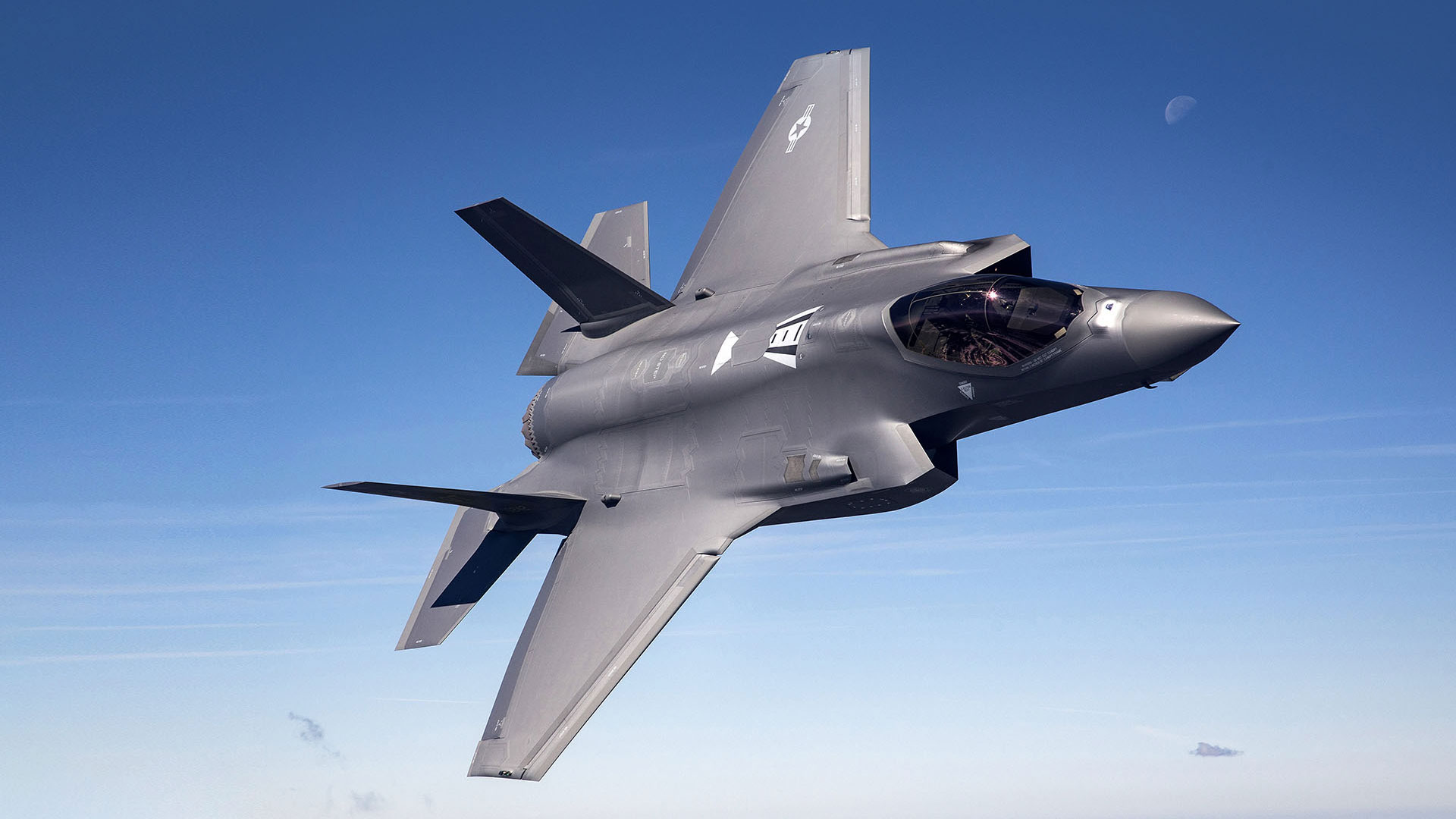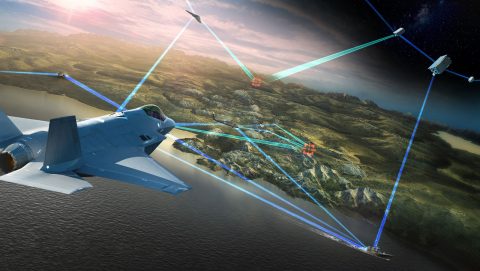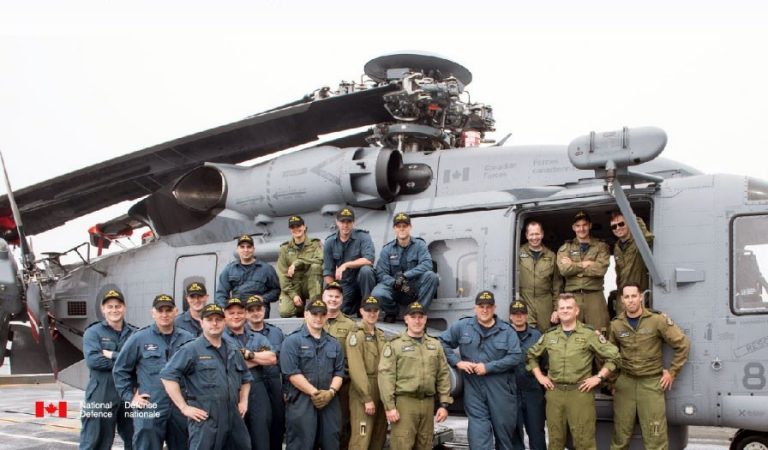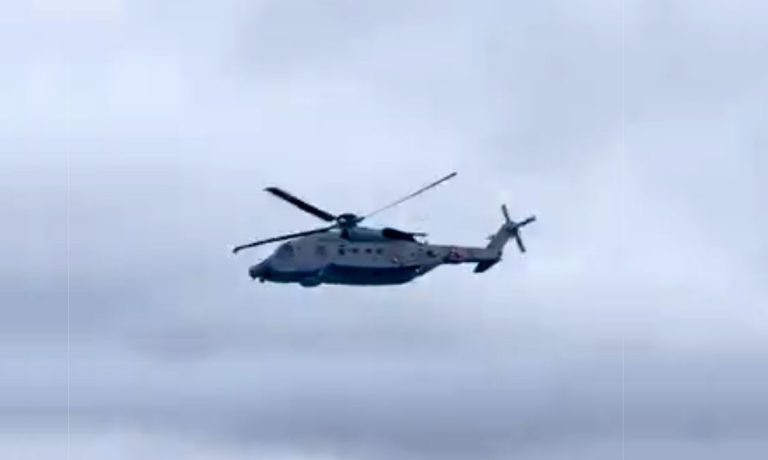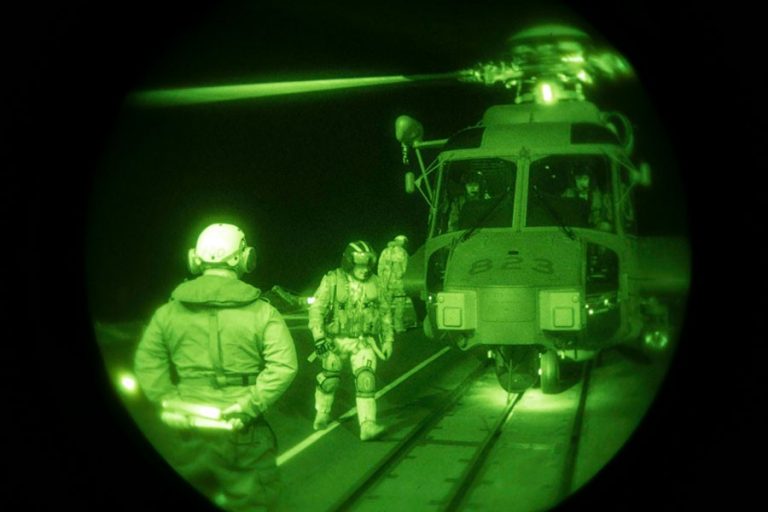Sikorsky, a Lockheed Martin company, and Canada’s Department of National Defence, lead a team that has designed, built and configured the CH-148 Cyclone for anti-submarine warfare (ASW), anti-surface warfare (ASuW), maritime search and rescue (SAR), overland operations and utility missions.
As Canada’s first true intelligence, surveillance and reconnaissance (ISR) helicopter, the fly-by-wire Cyclone is equipped with a fully integrated mission system, modern sensors and a multi-mission cabin — providing a quantum leap in maritime helicopter capability.
Entry into service with the Royal Canadian Air Force occurred mid-2018 aboard one of the Royal Canadian Navy’s Halifax-class frigates.
A full-authority fly-by-wire variant of Sikorsky’s successful S-92 helicopter, the CH-148 Cyclone helicopter provides exceptional flight handling, and is uniquely qualified to operate aboard Halifax class ships in Sea State 6 conditions.
The fully-integrated mission management system developed by General Dynamics Mission Systems-Canada presents a tactical map of sea and subsurface domains to the crew of four, enabling Cyclone to operate independently of its host ship.
In Service Support infrastructure and Maritime Helicopter Training Centre developed by Sikorsky with support from L-3 Communications MAS are in place at Shearwater and Patricia Bay.
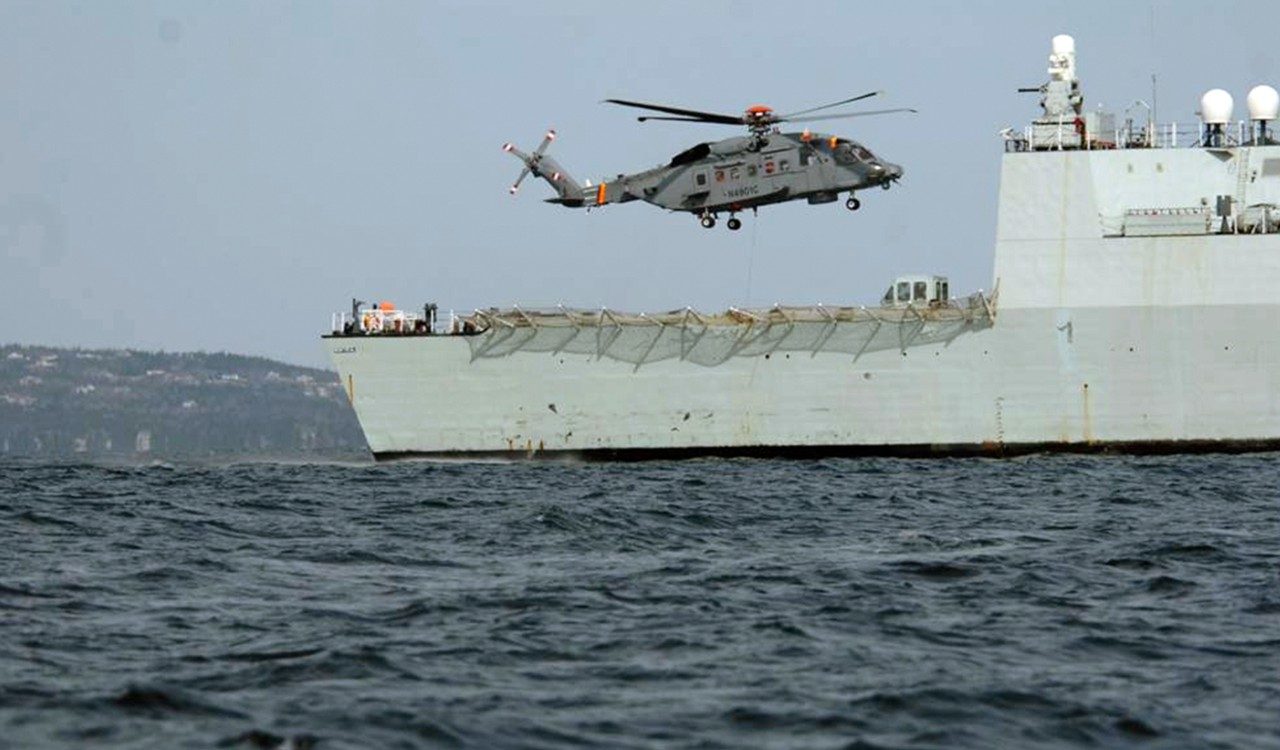





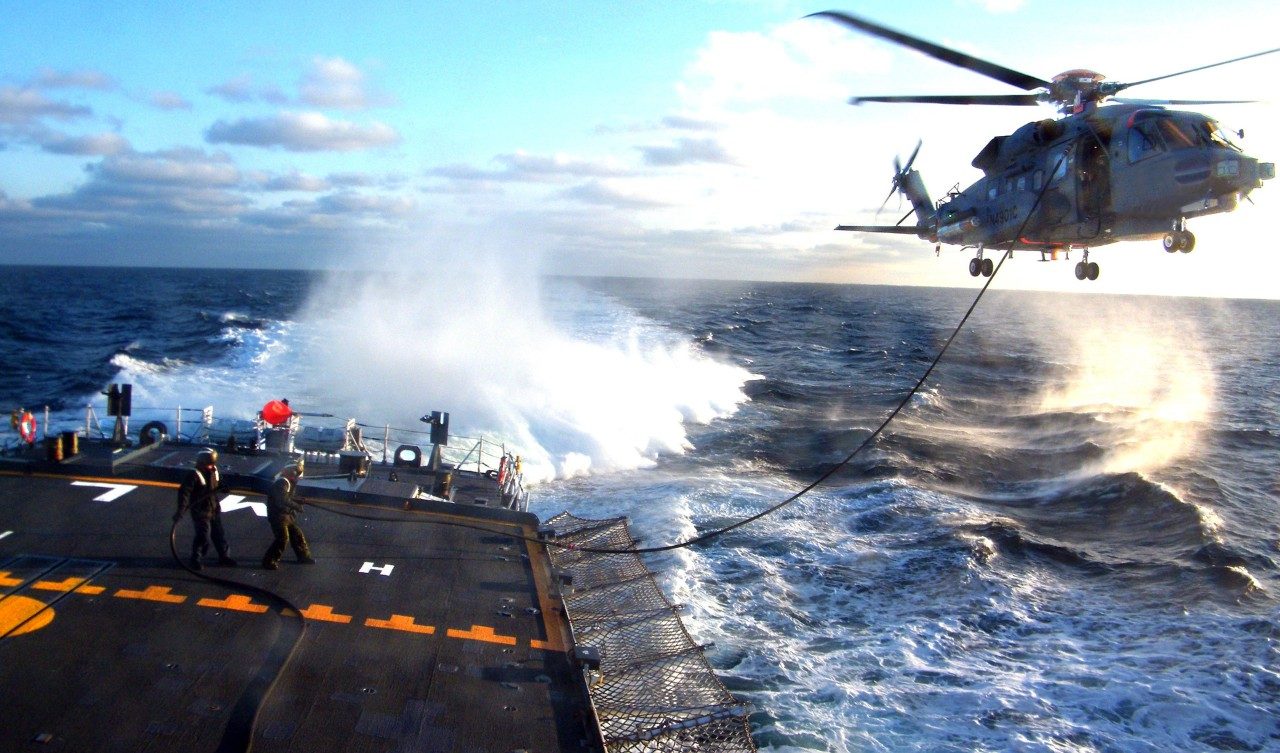
The Canadian government approved initial operational capability of the CH-148 Cyclone helicopter in June 2018. After supporting Canada for 55 years in anti-submarine warfare and maritime search and rescue missions, the CH-124 Sea King helicopter retired in December 2018. As the Sea King's successor, Cyclone will build on this storied history and usher in a new era of maritime helicopter operations.
The Cyclone is pictured performing a hover-in-flight refueling test during sea trials aboard HMCS Montréal.


